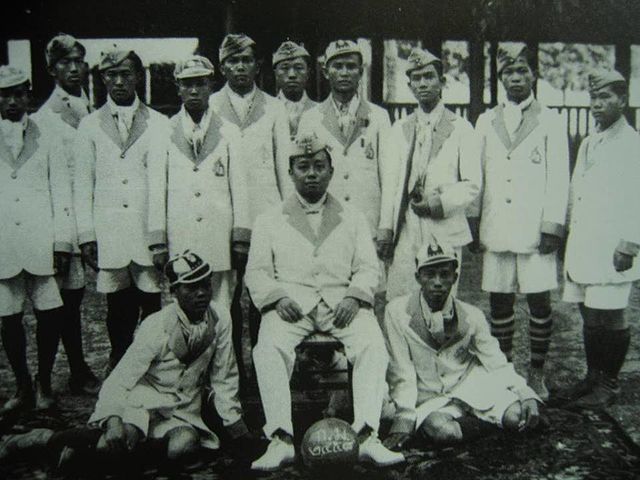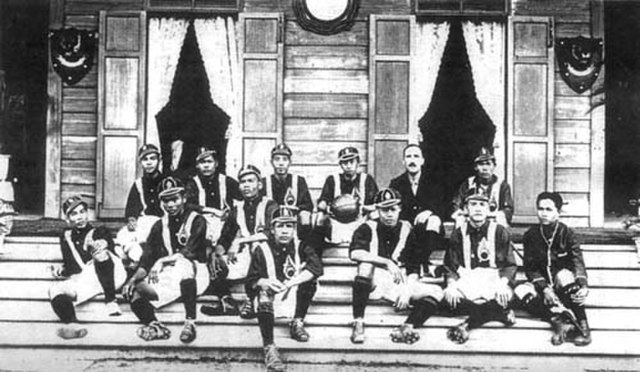Grand Sport Group
Videos
Page
Grand Sport is a sports equipment manufacturing company based in Thailand. It was established in 1961.

Official Thailand 2014 away shirt made by Grand Sport. Part of the Football Shirt World collection.
Thailand national football team
Videos
Page
The Thailand national football team represents Thailand in senior international football and is controlled by the Football Association of Thailand.

King Vajiravudh, the founder of the Football Association of Thailand

Siam (Thailand) association football squad's pioneers

Thailand football members at the 1956 Melbourne Olympics before their biggest defeat by the United Kingdom

A welcome banner at the Rajamangala Stadium, venue for the 2007 AFC Asian Cup Group A matches